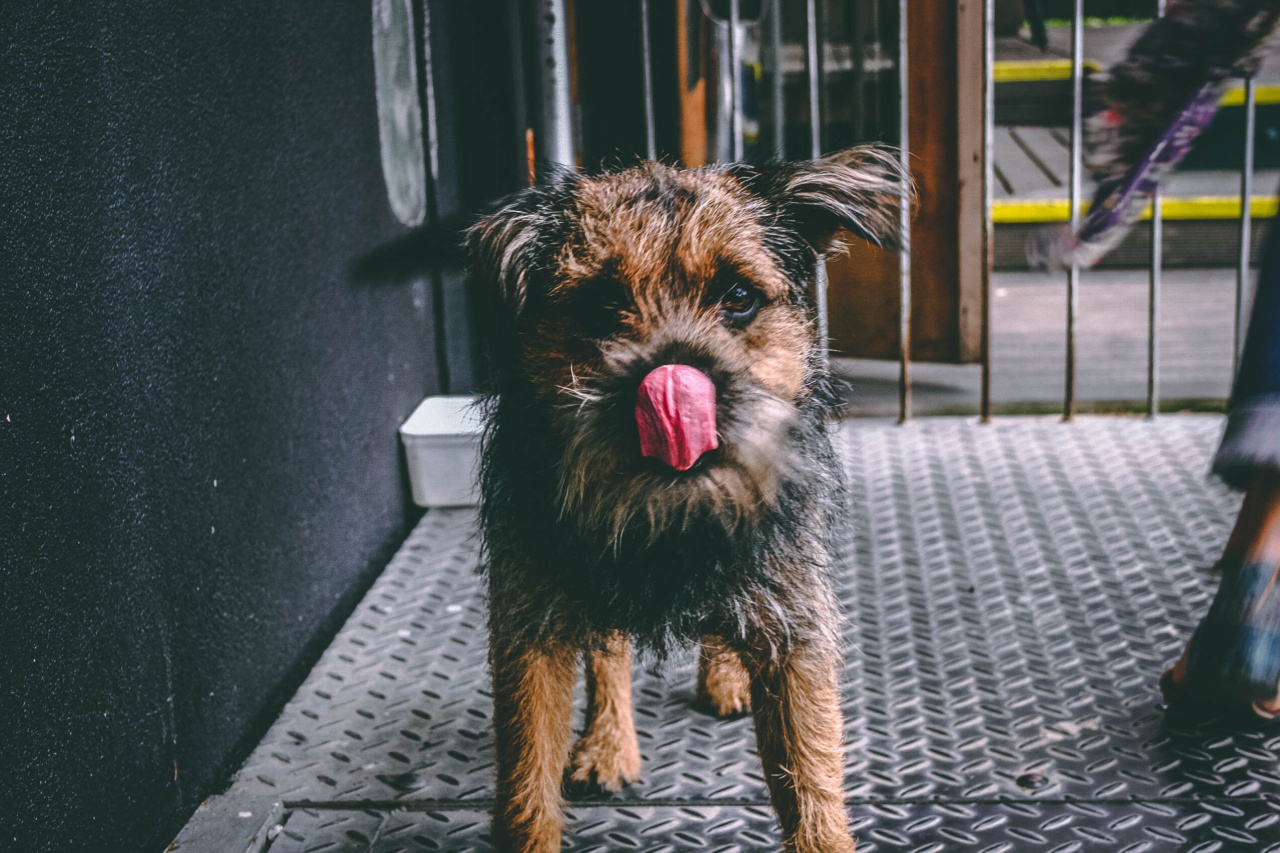Canine licking behavior is a common sight among dogs. Whether they are licking themselves, other animals, or even humans, it is a behavior that has been deeply ingrained in their nature.
While it might seem like a simple and harmless act, there is actually a lot more to canine licking behavior than meets the eye. In this article, we will explore the science behind why dogs lick and what it signifies in their overall behavior.
1. Communication
One of the primary reasons dogs lick is to communicate with their surroundings and establish social bonds.
Licking is often seen as a friendly gesture and a way for dogs to show affection towards their owners, other animals, or even their own pack members. It is also a way for dogs to express submission or to seek attention from their human companions.
2. Taste and Smell
Dogs have an incredible sense of taste and smell, and licking is one way for them to explore and gather information about their environment.
Dogs have an organ on the roof of their mouth called the Jacobson’s organ, which helps them analyze and process different scents. When dogs lick objects or surfaces, they are essentially collecting information through taste and smell to better understand their surroundings.
3. Grooming
Just like cats, dogs are known to be fastidious groomers. Licking plays a crucial role in their overall grooming routine. Dogs often lick themselves to keep their fur clean and free from dirt or debris.
It is also a mechanism for dogs to cool down, as the saliva evaporating from their coat can provide a cooling effect on their bodies.
4. Stress Reduction
Licking can also be a self-soothing behavior for dogs, especially when they are feeling stressed or anxious. Dogs may lick themselves or others as a way to relieve tension and bring comfort.
The act of licking releases endorphins, which can help calm a dog’s nervous system and provide temporary relief from anxiety.
5. Healing Properties
Dog saliva has been found to have some healing properties. When dogs lick their wounds, the enzymes present in their saliva can help clean the area and promote the healing process.
While excessive licking can hinder the healing process, controlled and moderate licking can have beneficial effects on minor injuries.
6. Attention-Seeking Behavior
For some dogs, licking is a way to get their owner’s attention. If a dog feels neglected or wants to engage their owner in play, they may resort to licking as a way of grabbing their attention.
This behavior is often reinforced because owners tend to react to licking by either petting or playing with their dog.
7. Boredom or Habit
In certain cases, dogs may also lick out of boredom or habit.
Some dogs develop compulsive licking behaviors, known as “lick granulomas” or “acral lick dermatitis.” This is often a sign of underlying anxiety or stress and may require intervention from a veterinarian or animal behaviorist.
8. Motherly Instincts
Licking is an instinctive behavior that is passed down from mother dogs to their puppies. Mother dogs lick their puppies as a way to stimulate them, clean them, and bond with them.
This behavior helps establish a strong maternal bond and aids in the development of the puppies’ sense of touch and connection with their mother.
9. Sensory Experience
For some dogs, licking is simply a sensory experience that they find pleasurable. The repetitive motion and texture of licking can provide dogs with a soothing and calming sensation.
This sensory reward reinforces the behavior, making dogs more likely to engage in licking behavior in the future.
10. Dietary Reasons
In some cases, dogs may lick excessively due to dietary deficiencies or cravings. They may be seeking essential nutrients that they are not getting from their regular diet.
If you notice that your dog is licking excessively and you suspect a dietary issue, it is best to consult with a veterinarian to ensure that your dog’s nutritional needs are being met.





























